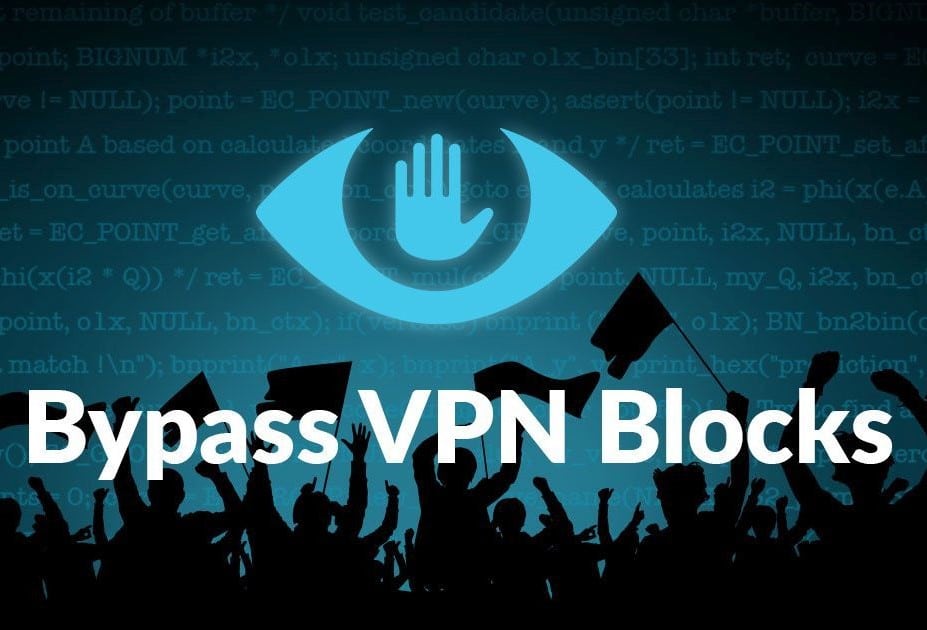969
Many network and service providers, but also governments, try to block connections via a VPN network. Here you can find out everything you need to know about so-called VPN blocking and how to circumvent such blocks
VPN Blocking: What’s behind it
A VPN connection allows you to simulate another exit node for your internet requests. Figuratively speaking, a tunnel is set up from your home connection to a VPN operator who forwards your requests to the network for you. Your own IP address remains hidden and is replaced by that of the provider.
- A VPN connection often allows you to access content that is blocked in your country. Such blocks may exist in countries such as China and Egypt as a result of censorship measures, but also, for example, in the case of streaming offers due to a lack of licensing rights.
- The greater the interest of service providers and governments to identify VPN connections as such and block them in order to enforce their blocking.
How VPN blocking works
There are three basic methods to identify and block VPN connections as such.
- The first method is to store the IP addresses of VPN providers in a list and check all outgoing or incoming connections against this list. In this way, VPN connection attempts can be reliably detected, but the list must also always be kept up to date and the censor is dependent on always being able to build up a complete list of all IP addresses.
- Alternatively, all connection queries in outgoing mail traffic that use ports known to be used by the VPN protocol are consistently blocked.
- A third way is called deep packet inspection. This method precisely analyses the transmitted packets and checks whether they correspond to a scheme that is common for VPN connections. This method is considered the most difficult to circumvent, but knows its limits with encrypted connections.
BypassVPN blocking
In practice, there are a number of simple but effective ways to bypass VPN blocking.
- Use a VPN provider that has enough servers and those with changing IP addresses. Then the probability is high that such IP addresses are not yet blocked.
- Select a different protocol for the VPN connection if your provider supports it. Different protocols have different advantages and disadvantages, but above all they also use different ports and have a different structure of the data packets.
- Use real output nodes. For example, the Snowflake project allows connections to be routed through real users’ devices via the Tor browser. In this case, however, the choices, for example in terms of countries accessed, are limited and the connection is often slower.
